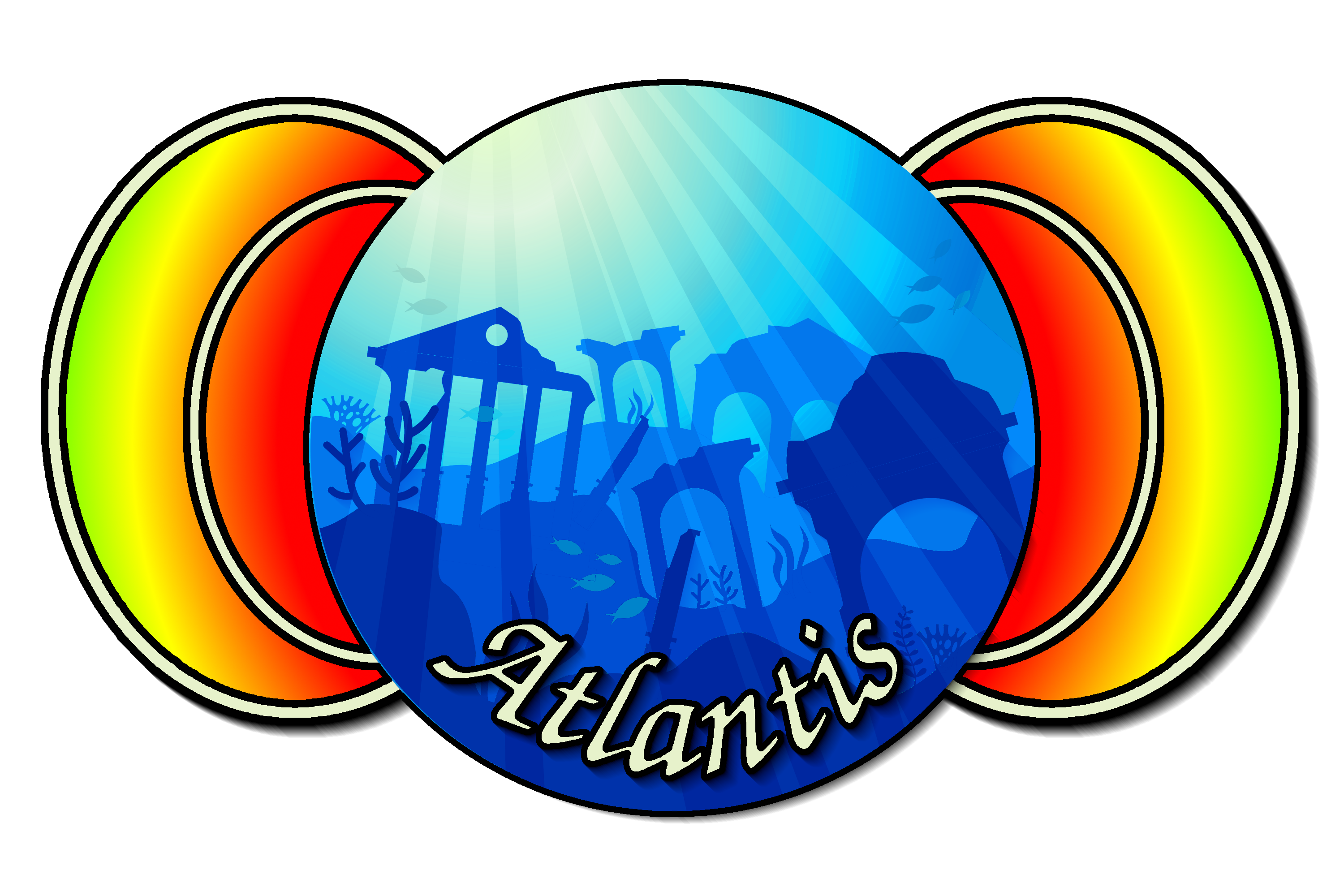I am a senior research scientist at the Inria center of Université Côte d’Azur. Since February 2020, I am the scientific head of the Atlantis project-team. I also act as the scientific coordinator of the DIOGENeS software development project, which is dedicated to computational nanophotonics. My research interests are concerned with different aspects of the numerical modeling of physical problems related to computational electromagnetics and computational nanophotonics. I am in particular working on the design of high order discontinuous Galerkin type approximation methods and parallel numerical algorithms for solving differential models of time-domain and frequency-domain electromagnetic wave propagation with complex media with a focus of nanoscale light-matter interactions. I am also studying reduced-order modeling strategies for these models, with a focus on data-driven non-intrusive reduced basis methods.
Scientific ML
In the context of the Exa-MA
project of the NumPEx research program, we collaborate with researchers
from the Concace and
Makutu project-teams (Inria center of Université de Bordeaux)
and Macaron project-team (Inria center of Université de Lorraine) on the design of Machine Learning (ML)/Deep Learning (DL) methods
for scientific computing. Specific research topics are concerned with surrogate models based on physics-driven Deep Learning and
PDE operator learning with Neural Operators.
In the context of the PhD project of Alexandre Pugin, which is supported by the French Defence Innovation Agency, we study
physics-based neural networks for surrogate modeling of electromagnetic wave propagation.
In the context of the PhD of Arthur Clini de Souza
(Cifre PhD project with Solnil) we study
data-driven DL models for the inverse design of photonic devices are studied. This is also the reserach topic at the heart
DNN4Photonics Inria associate team with the group of
Hugo Hernandez Figueroa at LEMAC, Unicamp, Brazil
(from January 2024 to December 2026).
High order DG methods
In the context of the PhD project of Cédric Legrand, which is supported by the French Defence Innovation Agency, we study the interaction of an electromagnetic field with active (gain) media, in particular for applications in laser physics. We develop Discontinuous Galerkin Time-Domain (DGTD) methods for the numerical resolution of the system of Maxwell equations coupled to rate equations that model the dynamics of energy level populations in laser gain media.
Reduced-order modeling
With Liang Li from the School of Mathematical Sciences, University of Electronic Science and Technology of China in
Chengdu, and Kun Li from the School of Mathematics, Southwestern University of Finance and Economics in Chengdu, we develop
data-driven reduced-order models of time-domain electromagnetic wave propagation on the basis of the
Proper Orthogonal Decomposition (POD) method. We have in particular proposed several POD-based approaches starting from
snapshots extracted from a high order DGTD method for the parameterized time-domain Maxwell equations: the
POD-CSI,
POD-CSI-CAE and
POD-DMD-RBF methods.
The POD-CSI and POD-CSI-CAE methods are currently extended to deal with 3D nanoscale light-matter interaction problems
in the framework of a novel component of the DIOGENeS software suite
dedicated to fast surrogate models.
Inverse design in photonics
With Mickael Binois and Régis Duvigneau from the Acumes
project-team (Inria center of Université Côte d’Azur) we develop inverse design methodologies to unveil non-intuitive
nanostructures or material nanostructuring for harvesting orshaping the interaction of light with matter on the nanoscale.
In our works, we adopt one of the most advanced optimization techniques based on a statistical learning-based
approach, which is known as Efficient Global Optimization (EGO) and belongs to teh class of Bayesian optimization methods.
The EGO algorithm is a global optimization algorithm that substitutes the complex and costly iterative electromagnetic
evaluation process with a simpler and cheaper metamodel.
We have proposed a multiobjective inverse design strategy that has been first exploited for the
optimization of a RGB metalens.
Planar optics is one important ground of experiment in our activities on inverse design, with a focus
on nonlocal metasurfaces and
tunable metasurfaces.
We are now working on integrating fabrication uncertainties in
the numerical optimization process in order to obtain robust designs. Another research direction that we consider
is muldifidelity modeling to improve the computational efficiency of the numerical optimization of large-sacle photonic devices.
AEROCOM (Ultra-flat and low-cost antennas)
The development of agile, ultra-flat and low-cost Ka-band antennas is a major challenge to enable Internet accessibility in mobility, in particular on board of public land and air transport (trains, buses, airliners), and to secure communication servers (for combat aircraft, military vehicles, etc.). A possible antenna architecture to address this challenge is composed of a radiating source and a deflection system consisting of two deflectors. The compactness and the moderate cost of the de-pointing system could be obtained thanks to the subwavelength structuring technique, and to the shaping by additive manufacturing. Indeed, the sub-wavelength patterning technique has recently shown the possibility to realize antenna components much thinner than a homogeneous bulk material, with equivalent or even better radio frequency performance. The general objective of our contribution to the AEROCOM project, which is supported by the French Defence Innovation Agency (from January 2023 to September 2025), is to develop an advanced numerical methodology for the virtual design of subwavelength structured deflectors and their cascading to achieve an ultra-flat Ka-band antenna system consisting of two such metadeflectors. This project is coordinated by Nanoe and also involves Thales Research & Technology.
SWEET (Sub-WavelEngth Electro-optic sysTems)
Beam steering is a key enabling photonic technology that would improve the performance of light detection and ranging modules (LiDAR). A typical LiDAR component consists of a light source for illumination, a light modulating device to scan the scene and finally a fast detection system to recover the optical information received from the scene. The LiDAR sector is currently ongoing important research and development efforts to enable real-time sensing of the distance of fast-moving objects, with applications in robotics, autonomous vehicles and future augmented reality devices. Dynamic beam steering with competitive performances requires the deflection of a light beam along any arbitrary direction to spatially scan a large angular field-of-view (FoV) with high speed and high efficiency. In the SWEET project, which is funded by the French National Research Agency (from October 2022 to December 2026), several drawbacks of current LiDAR technologies are addressed by proposing innovative ultrafast beam steering systems, their combinations and integration into demonstrator. The overarching goal is to realize an ultrafast 2D beam steering system using innovative transparent tunable metasurfaces using liquid crystal and III-nitride materials. In this context, we work on the design active metasurface components for dynamic beam steering. This project is coordinated by the LAAS CNRS laboratory and also involves the CRHEA CNRS laboratory and NAPA Technologies.
SWAG-P (Sensing With A Gap-Plasmon)
Among all the techniques used to design biosensors, optical techniques are booming, thanks to numerous innovations in nanophotonics and plasmonics. Using lithography to fabricate a sensor usually makes it too expensive. To be deliverable, a device has to be stable for months. It is important to use as little materials as possible, because sensors have to be disposed of after use. Miniaturization is attractive in this perspective, especially since it is associated with lower detection limits. Plasmonic resonators have an edge here because of their large interaction cross-section: their response is thus easier to measure. The goal of the SWAG-P project, which is funded by the French National Research Agency (from October 2023 to December 2027), is to explore the potential of a new class of plasmonic resonators with unique properties, called Gap-Plasmon Resonators (GPRs), for the detection of biological molecules of interest. These resonators are optical patch antennas that can be fabricated simply by depositing metal nanocubes of a few tens of nanometers on a dielectric film, deposited on a very thin layer of functionalizable gold. In SWAG-P, we develop reduced-order modeling techniques for the numerical modeling of GPR-based biosensors. This project is coordinated by the Institut Pascal CNRS laboratory and also involves the IM2NP CNRS laboratory, the CINaM CNRS laboratory and the ICR CNRS laboratory.
DNN4Photonics (DNNs for the design of photonic devices)
This project aims at studying and developing modeling approaches based on Deep Neural Networks for modeling and shaping the interactions of optical waves with matter when the latter is structured at the subwavelength scale. Electronic devices that exploit these interactions in their design are called photonic devices and the science that studies nanoscale light-matter interactions is referred as nanophotonics. We investigate data-driven Deep Learning methodologies for two main objectives: (1) devising fast and reliable surrogates of light wave propagation in the general case of three-dimensional spatial domains with complex scattering objects and, (2) devising inverse design strategies of photonic devices with unprecedented properties. DNN4Photonics is funded by the Associate Team program of Inria (from Januray 2024 to December 2026). The partner institution is the LEMAC (Applied and Computational Electromagnetics Lab) at University of Campinas (Unicamp), São Paulo, Brazil. The PI at LEMAC is Hugo Hernandez Figueroa.
Atlantis project-team
2004 Route des Lucioles, BP 93
06902 Sophia Antipolis Cedex, France
Stephane.Lanteri@inria.fr



